Preliminary SSPB Installation Manual
This is a preliminary markup of a 1977 GS550 schematic and represents what is involved with converting your single fuse bike to use the SSPB.
SSPB Install for 1977 GS550
Status Update 1/17/2014
The first 10 units of the Solid State Power Box with the Rev C PCB's (no red wires) have been completed and delivered. See this video and an overview of the capability and installation.
SSPB Overview Video for First production units
The first production run of the Solid State Power Box (SSPB) is in full swing now and I have been posting links to YouTube videos outlining standard installations of the SSPB.
Solid State Power Box: 1983 GS1100 ED Demonstration
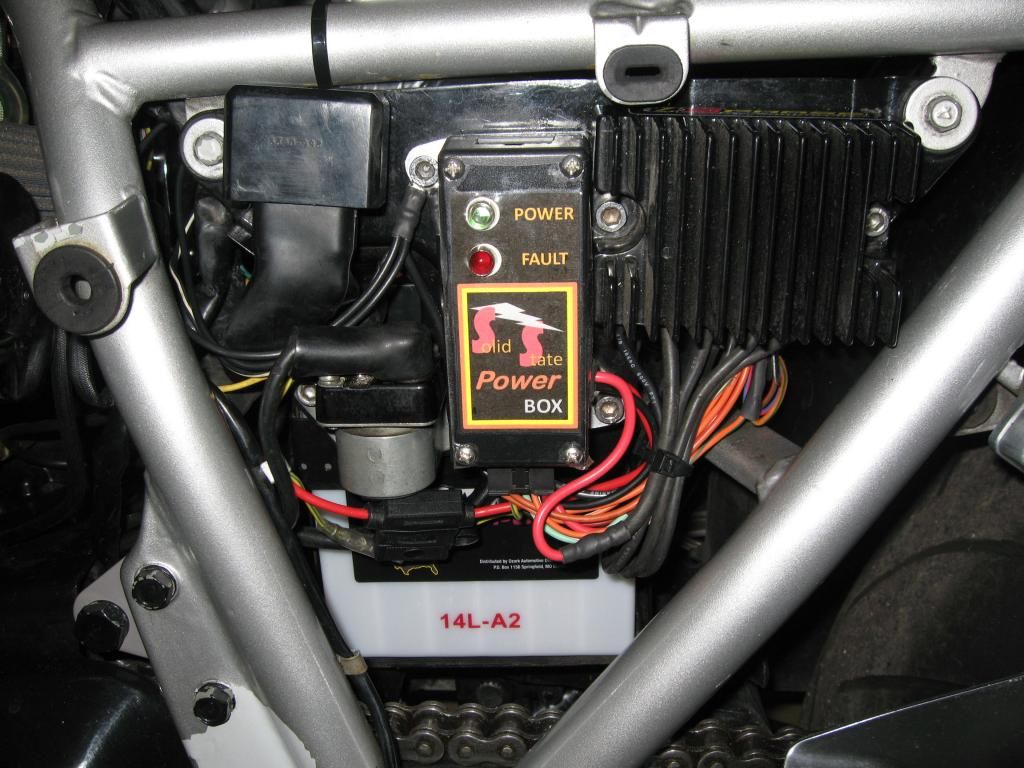
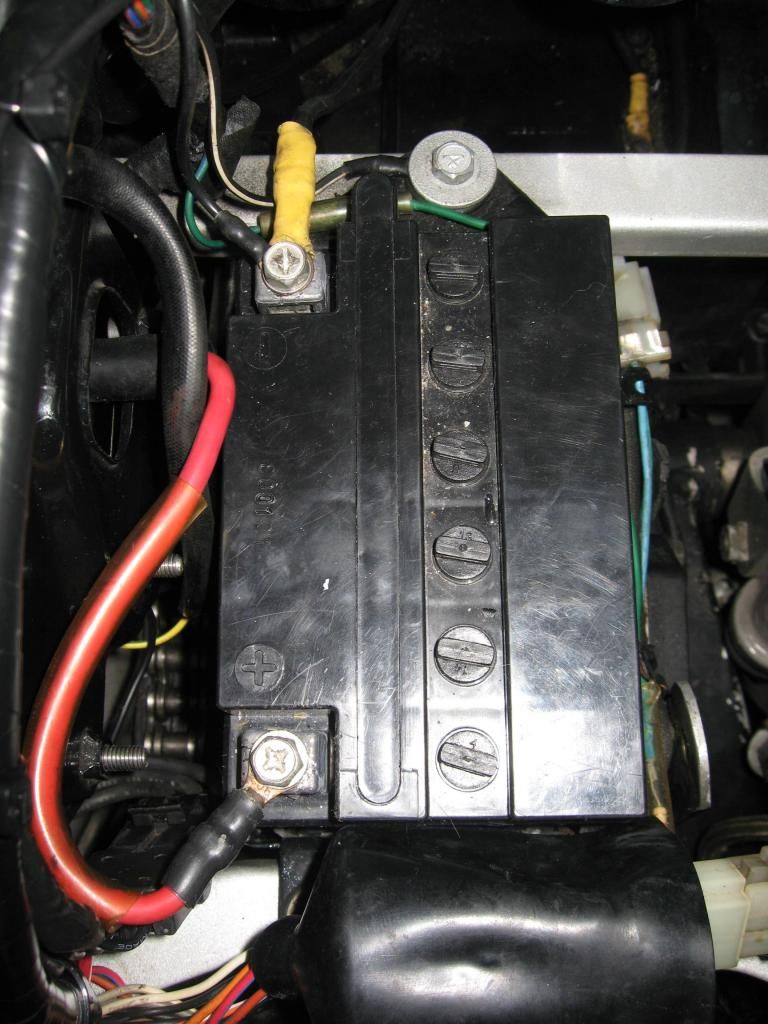
Here is the original link describing the product.
This thread will focus on Standard Installations for any GS Suzuki that already has a fuse box and you are looking to replace it with the SSPB. If you don't already have a fuse box and only have one main fuse, things are a little more complicated and I will start a new thread for describing that and others.
Here is a small library of install videos for the SSPB.
Introduction to the Solid State Power Box (SSPB) features and capabilities. The SSPB replaces your existing motorcycle fusebox to upgrade and improve your entire motorcycle electrical system. The SSPB features five 10 amp, "Safe Power" channels for distribution to your harness. SSPB delivers power which is protected against over current, over temperature and +/- conducted voltage spikes. With the SSPB, the Ignition, Kill and Start switches only signal the SSPB to distribute power. This avoids voltage drops due to corroded and over heated switches and excessively long high current runs.
Solid State Power Box Introduction
Overview of interconnections for the Solid State Power Box and the installation on the electronics side plate of a 1983 GS1100ED with Compufire Series R/R. The install will be very similar for any 5 wire R/R. The video highlights the various connections made on the electronics side plate between the SSPB, R/R, Battery and starter solenoid including a Single Point Ground.
#2 SolidStatePowerBox: Power and Ground Connections Part A
#2 SolidStatePowerBox: Power and Ground Connections Part B
Overview of interconnections for the Solid State Power Box and the GS Suzuki harness. Provides an overview of the Molex 10 pin connector pre-wired with pigtails and how to connect it to the harness.
#3 SolidStatePowerBox: 10 Pin Molex Connectors Part A
#3 SolidStatePowerBox: 10 Pin Molex Connectors Part B
Video showing the wiring and soldering techniques for attaching the MOLEX pigtail unit to your GS Suzuki harness. This applies to GS Suzuki's with stock fuse box with SIGNAL(O/G), HEADLAMP(O/R) and IGN(O/W) circuits.
#4 SolidStatePowerBox: MOLEX/Pigtail to Harness Part A
#4 SolidStatePowerBox: MOLEX/Pigtail to Harness Part B
#4 SolidStatePowerBox: MOLEX/Pigtail to Harness Part C
#4 SolidStatePowerBox: MOLEX/Pigtail to Harness Part D
#4 SolidStatePowerBox: MOLEX/Pigtail to Harness Part E
.png)
.png)
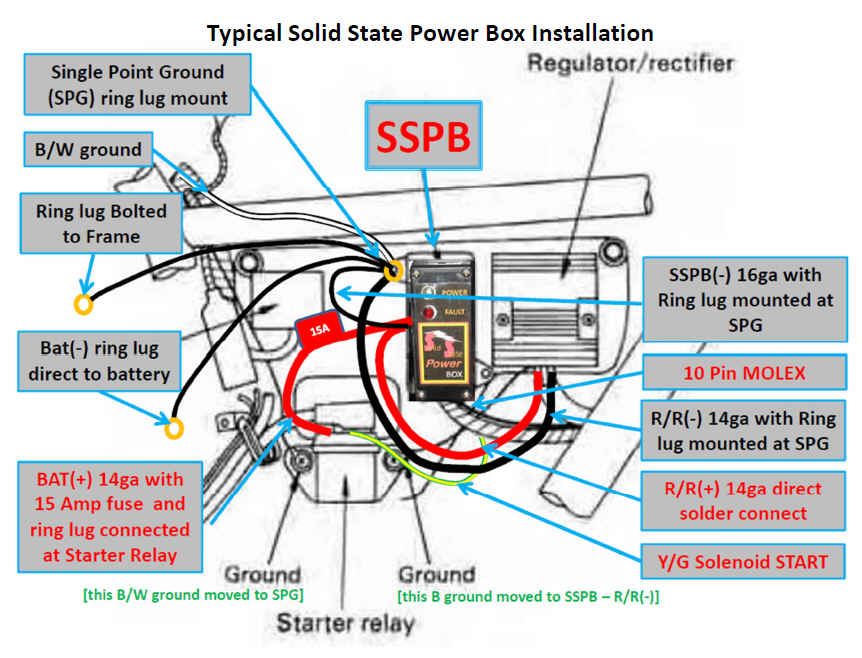


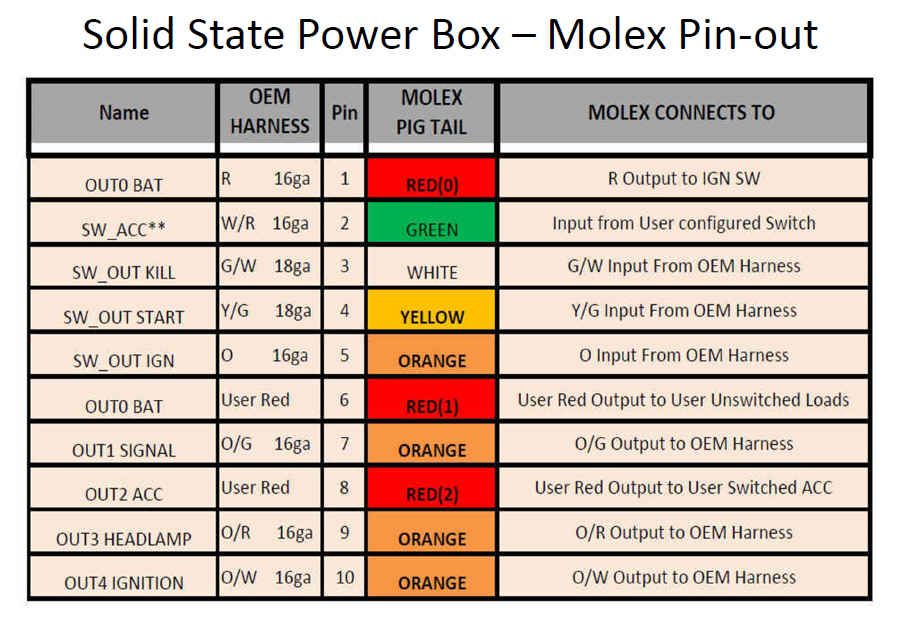
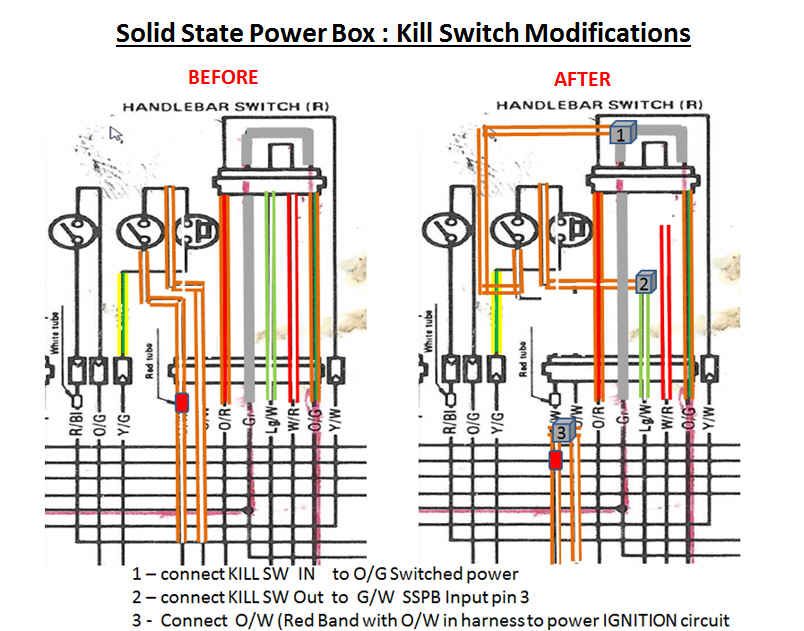
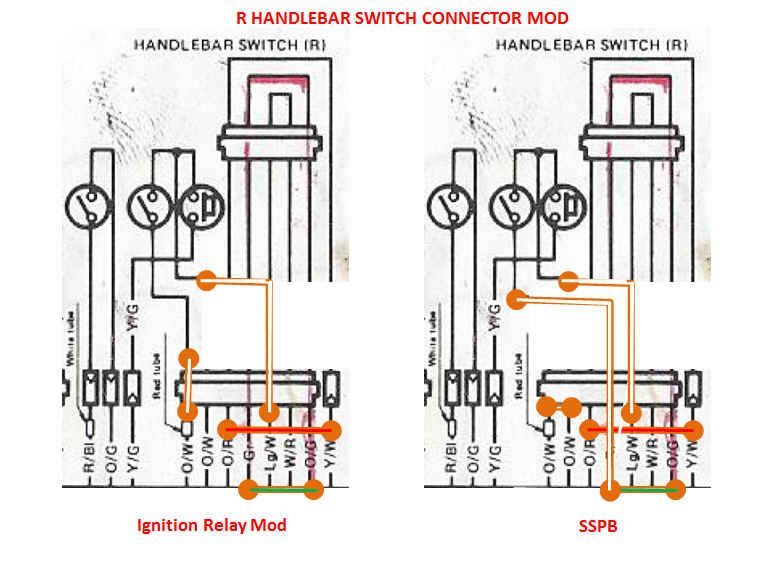



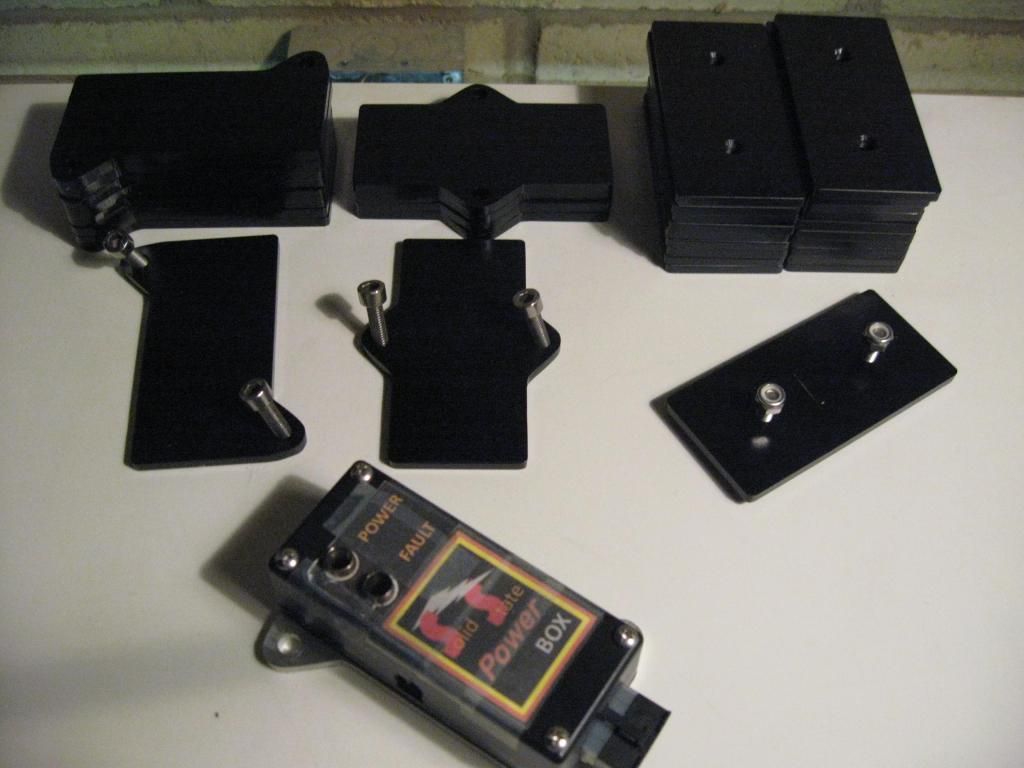
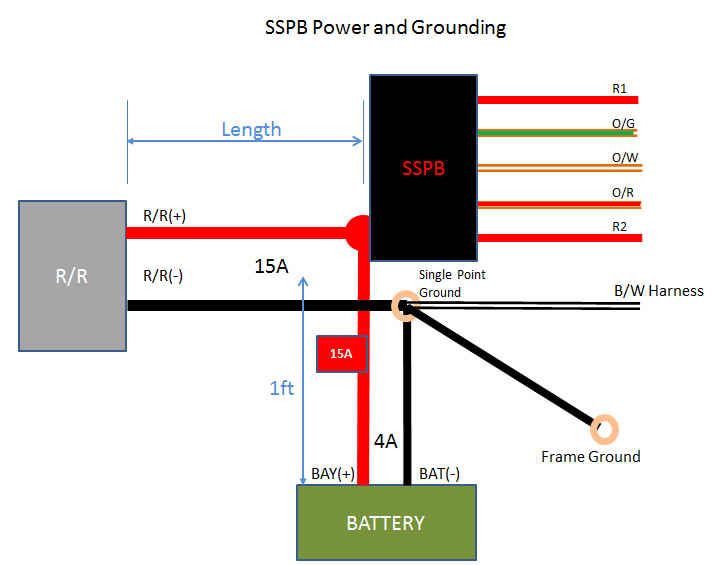
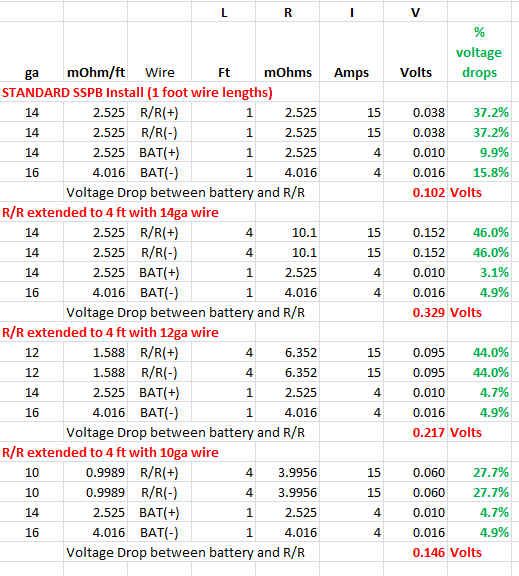

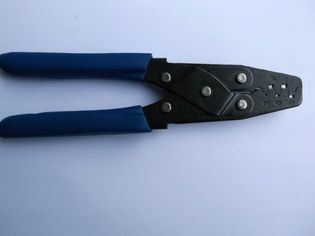
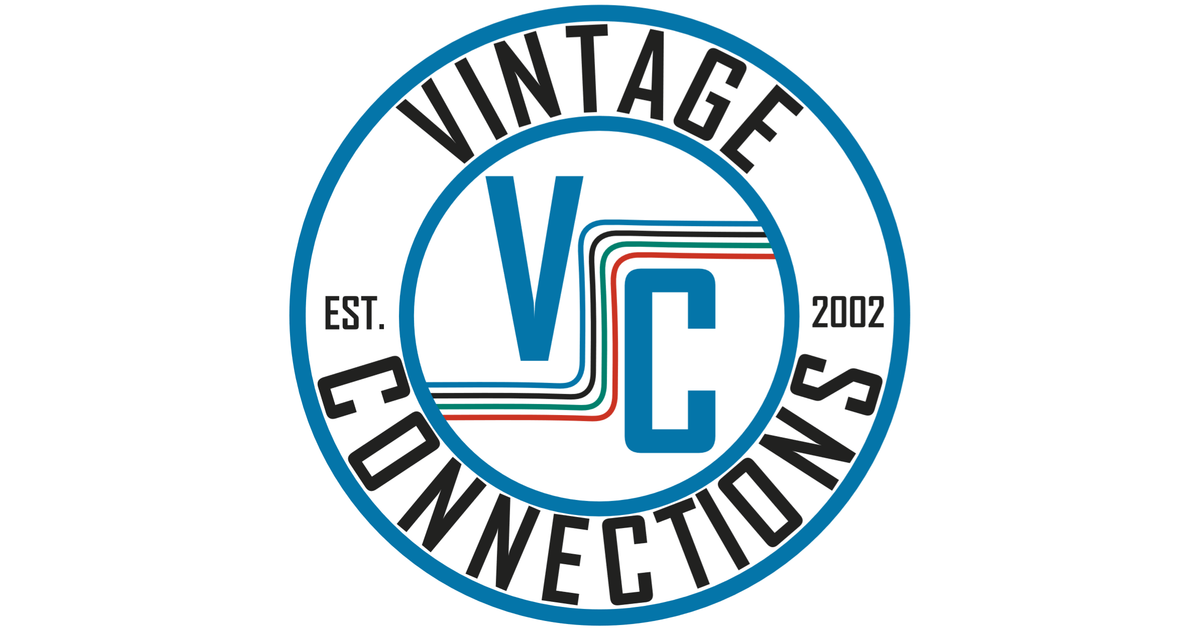
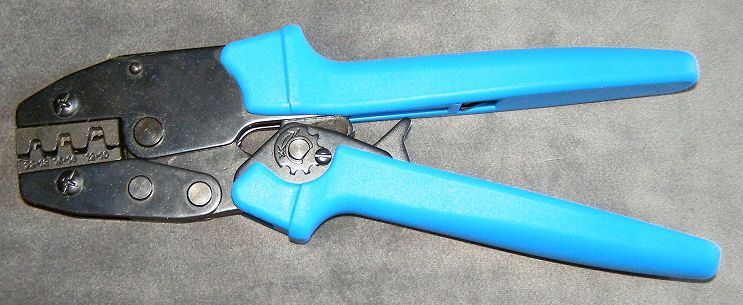



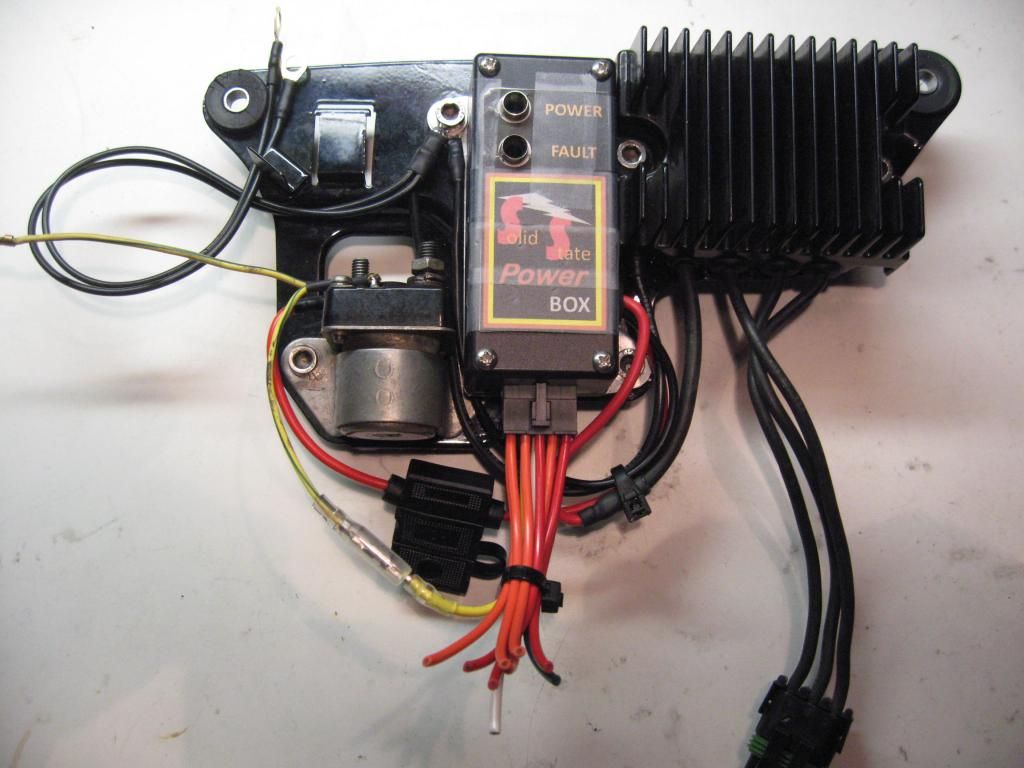
Comment